I've been using selectors for a while, and even after migrating to Swift I was able to use them without issues. That's how I was using on Swift 2 without issues until I updated Xcode to version 7.3:
As use can see I use selectors with NSTimer.
This is the action that is called:
func Start () {
}
As you can see Xcode 7.3 now gives a warning "No method declared with Objective-C selector". By clicking on the warning, Xcode offers a quick fix to the code by adding "Selector", but then I still get the same warning: